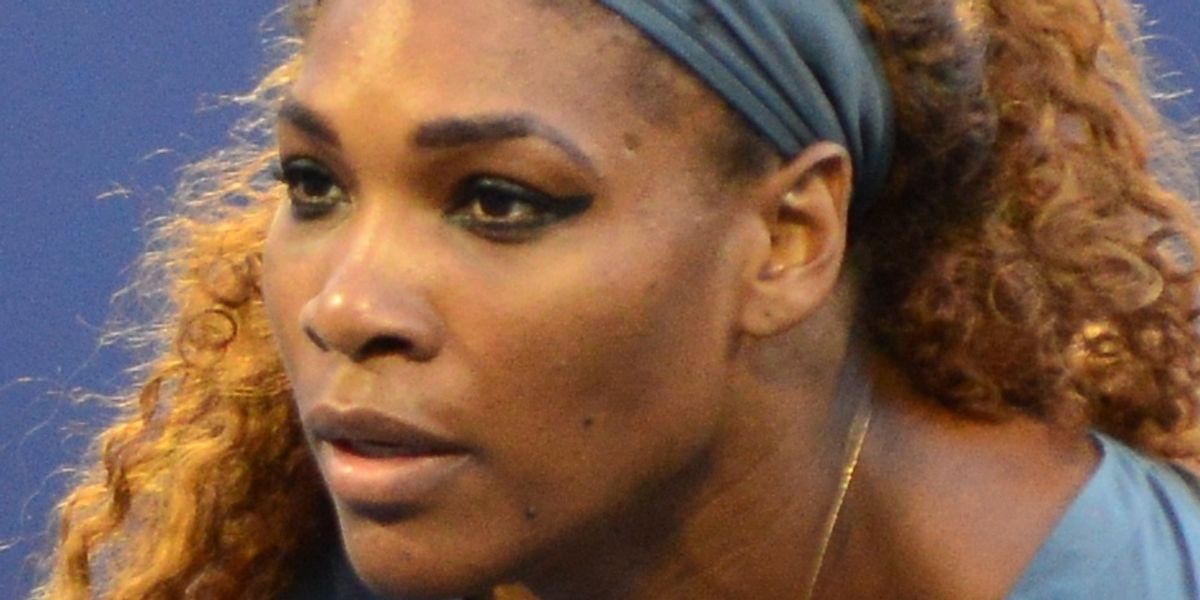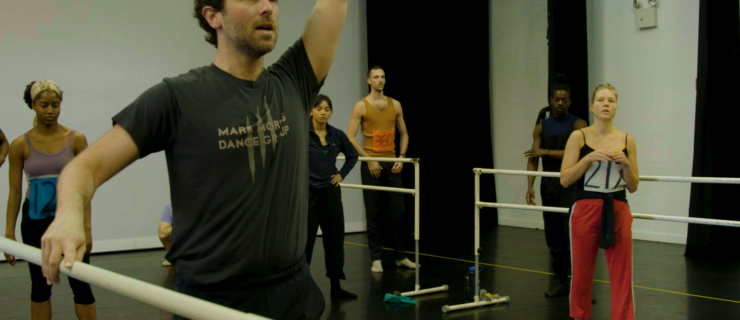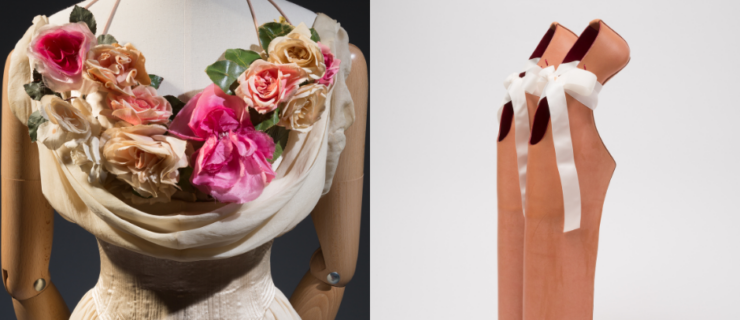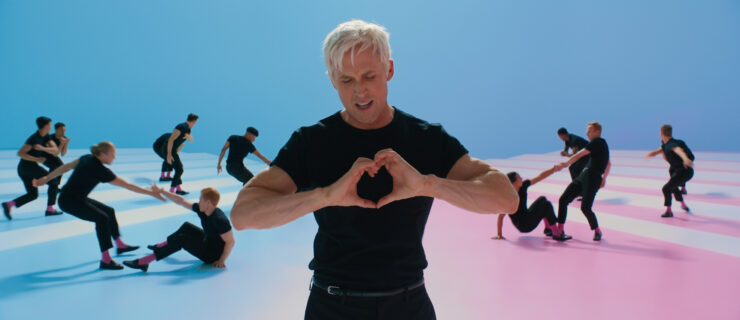Serena Williams Just Took a Page From Dance to Fight Sexism—Here's Why It Matters
Serena Williams
has been killing it lately, and we’re not just talking about her tennis game.
In May, the star played in a catsuit at the French Open. The skintight post-pregnancy garb—which she said helped prevent dangerous blood clots—was a departure from the usual skirts or dresses still seen in women’s tennis. Even. Though. It’s. 2018.
But everyone wasn’t happy about it. Months later, she got major flack: In a recently published interview in Tennis magazine, French Tennis Federation president Bernard Giudicelli revealed his plans to revamp the dress code. He says he’ll ban these form-fitting outfits, because “one must respect the game and place.” (Like Williams doesn’t have respect for tennis? C’mon.)
While she could have shot back at Giudicelli, in a press conference she emphasized that she has a great relationship with him. But on Tuesday, her actions spoke louder than her words. She played at the US Open in a black tutu designed by Virgil Abloh.
After that, she wore a lavender tutu. And she won again.
No one knows what she’ll wear next, but we’re loving her bold statements—and that ballet is a part of them. While tulle and tutus may be the stereotypical epitome of being a girly girl, Williams has turned that notion on its head. She’s proving that tutus can symbolize strength and athleticism (yup, we dancers already knew that), and that what she wears has no bearing on her talent or how hard she works on the court.
Williams definitely isn’t alone in this fight. Many are questioning why such a sexist dress code still exists in the sport. But her celebrity has the power to help transform how female athletes—dancers included—are perceived.




